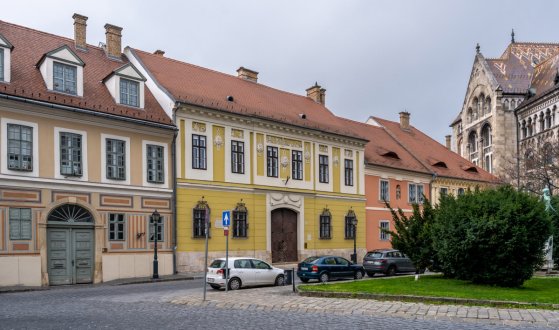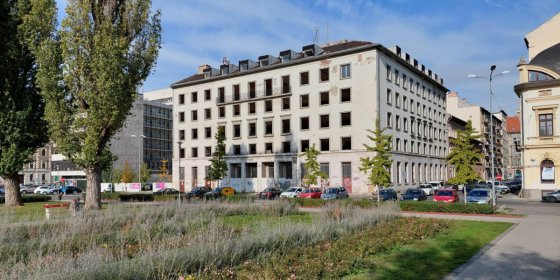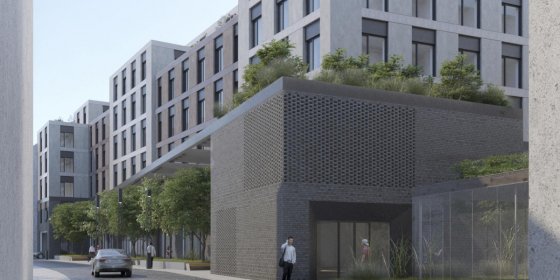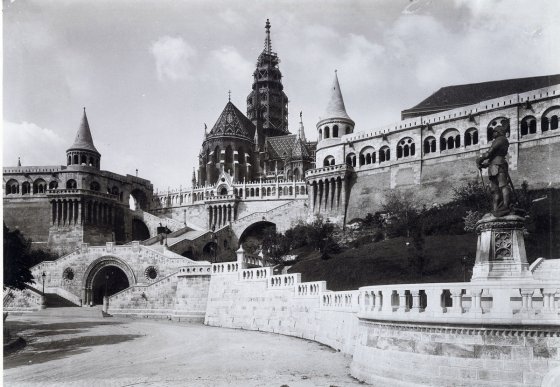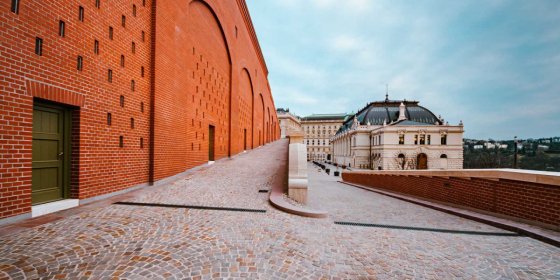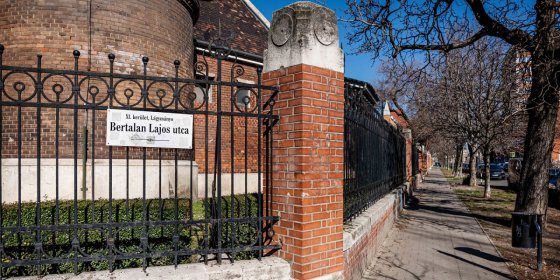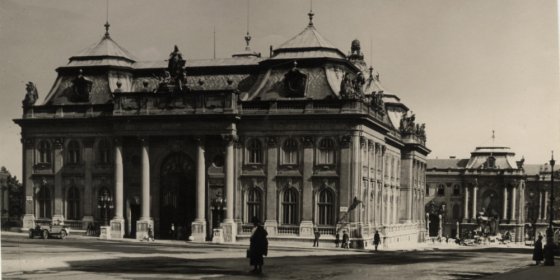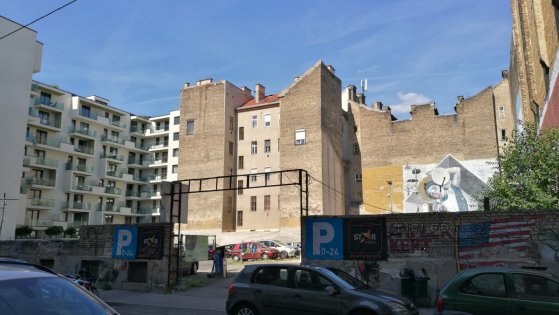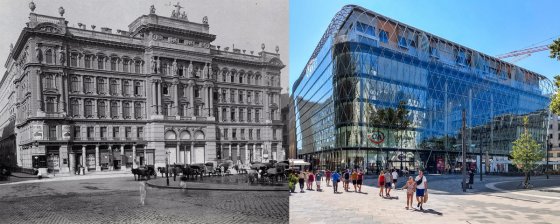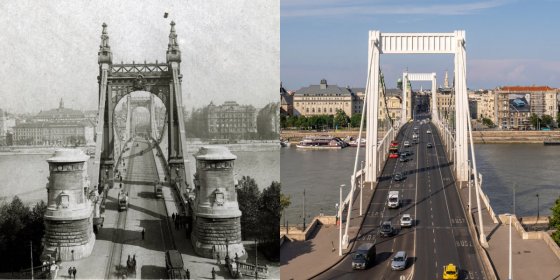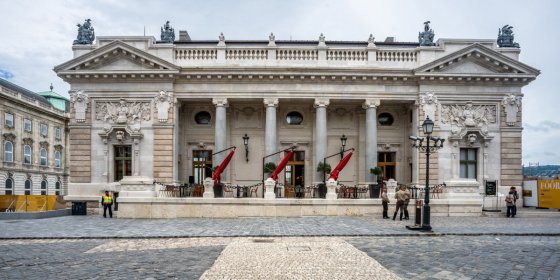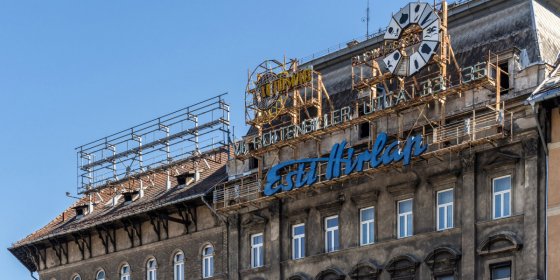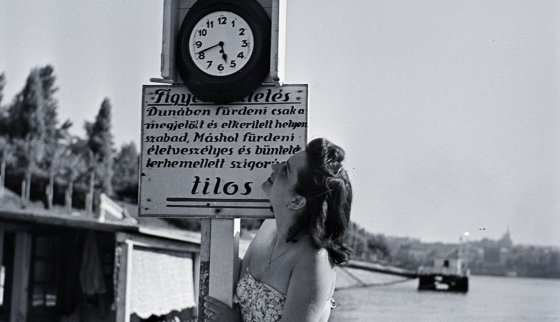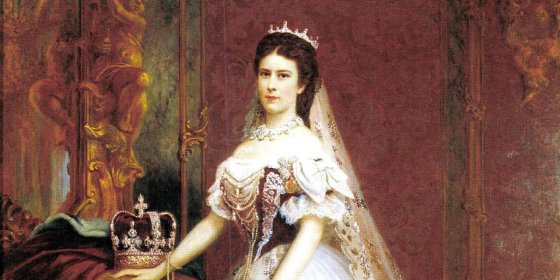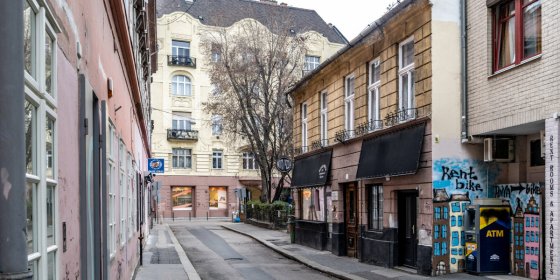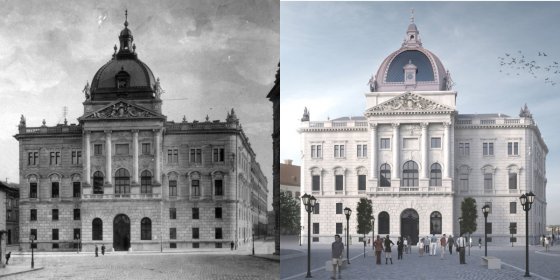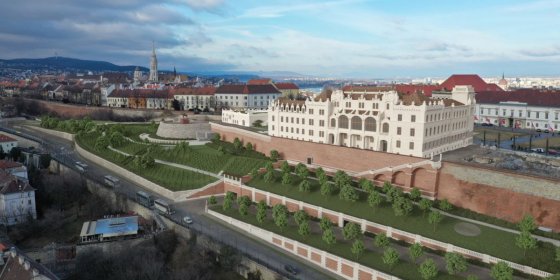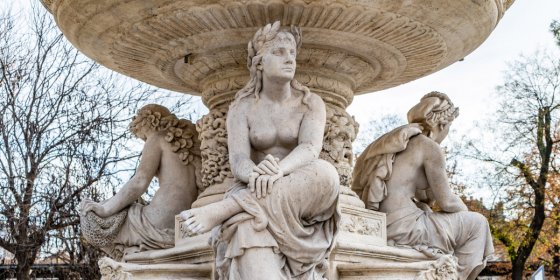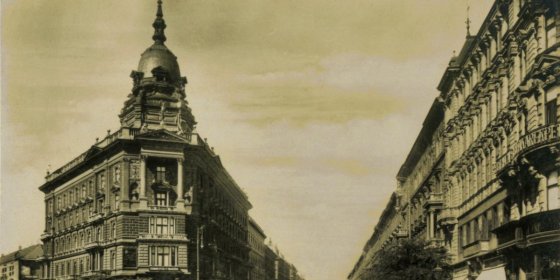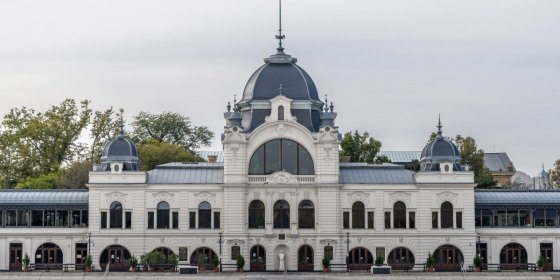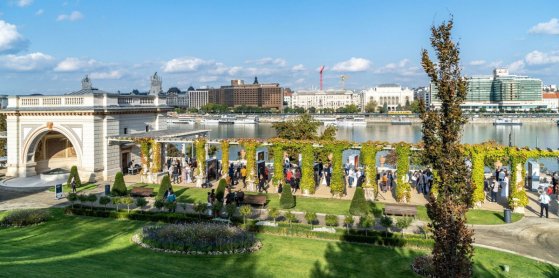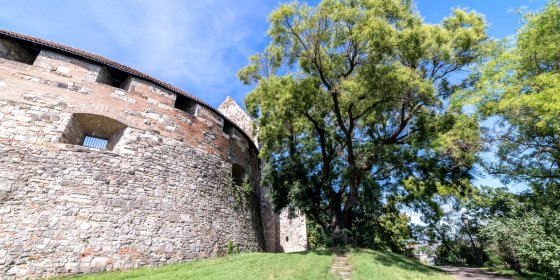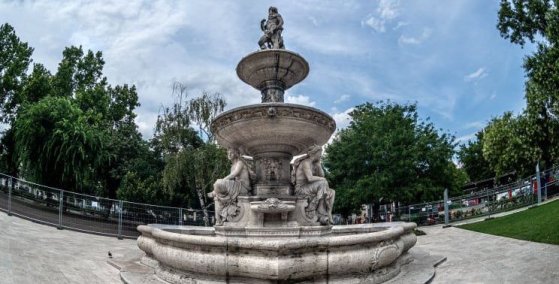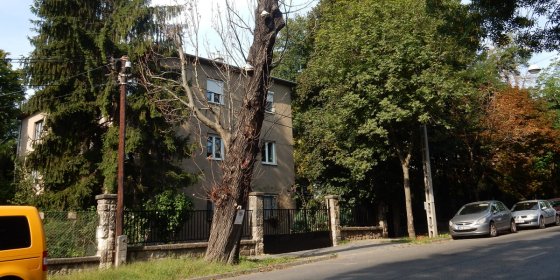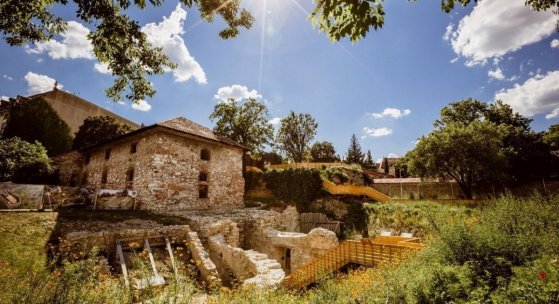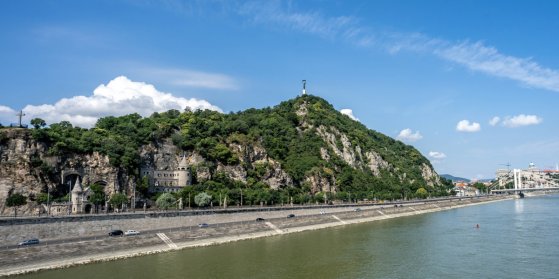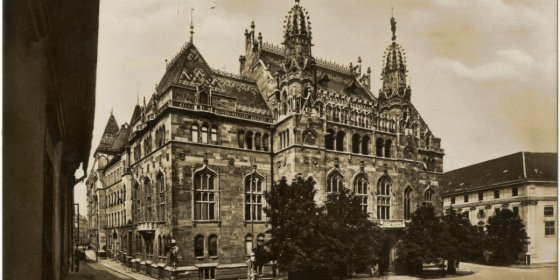 The „intertwined history” of the bridges and the city of Budapest
Which ideas and events have shaped the fate of bridges of Budapest and the cityscape? Alongside many other interesting facts, this question is also answered this newly published book by the Budapest City Archives, which introduces the history of bridges in Budapest.
The „intertwined history” of the bridges and the city of Budapest
Which ideas and events have shaped the fate of bridges of Budapest and the cityscape? Alongside many other interesting facts, this question is also answered this newly published book by the Budapest City Archives, which introduces the history of bridges in Budapest.
Péter Bukovszki
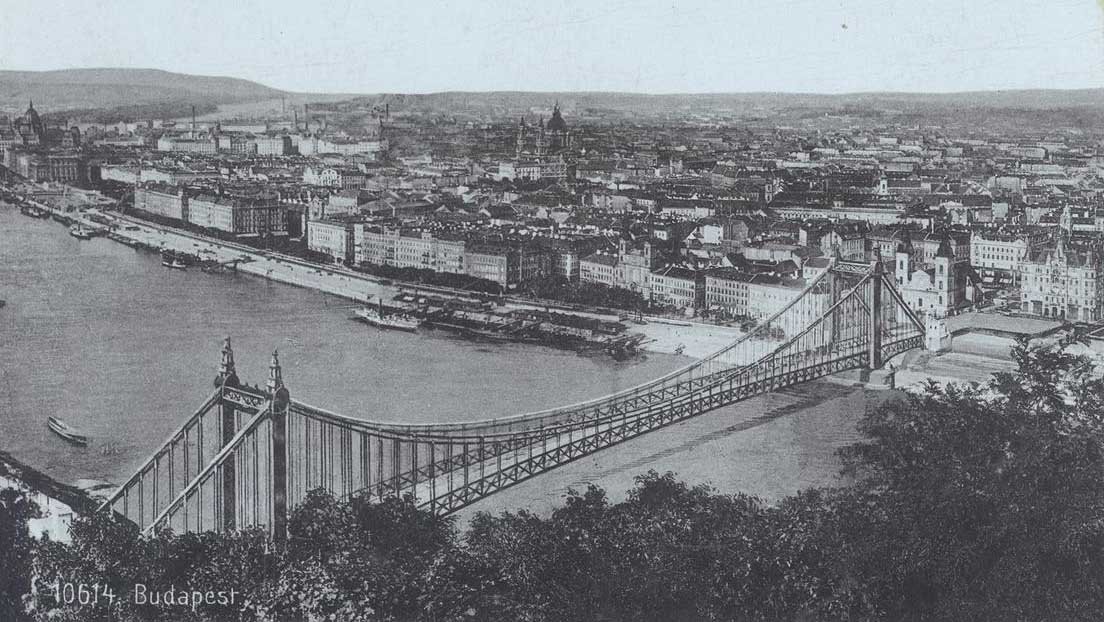 Budapest then and today – 5 photos showing how much the city has changed
Budapest then and today – 5 photos showing how much the city has changed
February 23, 2023 at 4:00 PM
The capital, which is 150 years old this year, has changed so much over time that every day citizens can marvel at a section of a street, an old building that has disappeared or that has miraculously survived. This time, with the help of five pairs of images, Pestbuda presents the passage of time from the houses of the old inner city of Pest to the flood in Tabán.
A walk through time - The houses in the Buda Castle tell the story of nearly 800 years of Jewish history
December 3, 2022 at 10:00 AM
Although the history of Budapest's Jews is as old as the city itself, it is less well-known how many places we can find memories of the community and how many houses preserve stories from the Middle Ages to the 21st century. The tour guide of the Buda Castle Walks of the Castle Headquarters has now provided an insight into this during the Shalom, Buda! castle walk to Pestbuda.
The Party Office on the former Köztársaság Square does not allow the past to be sealed off
October 22, 2022 at 9:00 AM
Although the party office with a dark past has been continuously deteriorating for years in the former Köztársaság, today's II. János Pál pápa Square, it has not yet been possible to demolish or rebuild it. Moreover, its immediate surroundings were recently declared life-threatening and closed, so instead of being converted into a residential building as planned, the socialist realism style building continues to remind us of the bloody events of the 20th century and the 1956 revolution.
It was once a steam bath, now a hotel is being built on Kazinczy Street
September 30, 2022 at 10:00 AM
At 40-48 Kazinczy Street in the 7th District, the area on which a 270-room hotel with a two-story underground garage can now be built was created by combining five lots. As part of the works, a section of the street will also be renovated, and the buildings currently standing on the lots will be demolished, so it is expected that the former steel-and-glass block of the Hungarian Dance Academy and the historicising house at 48, known first as a meat factory and then as a nightclub, will also be torn down.
Skulls under the Fisherman's Bastion - The Forgotten St. Michael's Chapel
September 13, 2022 at 2:30 PM
In the last years of the 19th century, during the works before the foundation of the Fisherman's Bastion, a cavity hiding skulls emerged from the ground, which the architect Frigyes Schulek referred to as one of the Castle's old dungeons. But he could have guessed its original function because he deemed it worthy of preservation, but the place was then forgotten again, only to be found again in the middle of the 20th century: now the place has been identified as the medieval St. Michael's Chapel, which since 1997 has been one of the most interesting details of the Fisherman's Bastion.
Not only spaces, but also ages are connected by the reborn Hauszmann ramp in the Csikós courtyard
March 31, 2022 at 9:00 AM
One of the newest buildings of the Buda Castle connects the Hunyadi courtyard with the Csikós courtyard, starting next to the Royal Guard. Walking along the Hauszmann ramp that is the same as the original, we can not only admire the panorama of Krisztinaváros, but also discover exciting details: the walls of the building preserve the memories of several eras.
History on the map - What do Budapest's street names tell us?
February 25, 2022 at 12:00 PM
Browsing the street names in Budapest, the question may arise: who did the streets and squares we pass through every day get their name from? A recent interactive map that can be browsed by anyone can help you navigate the maze of names: for example, it is clear that real people can be namesakes as well as fictional characters, and some eras, such as the 19th century, gave the city far more names than others. We tried out the interactive map and came across exciting connections.
Budapest then and now – 6 photos showing how much the cityscape has changed over a century
August 31, 2021 at 9:00 AM
The change in Budapest can be surprising when looking at old pictures: the former riding hall behind the National Museum, the New Building (Újépület) on the site of the current Szabadság Square, the disappeared houses of Pest and Buda downtown, the former splendour of the Buda Palace, and the beautiful historic buildings which stood on the site of the series of hotels along the Danube. What has changed and what is constant? Take a look at the six pictures Pestbuda collected.
Hotel to be built on Kertész Street vacant lot
August 11, 2021 at 9:30 AM
The 19th-century residential houses in the 7th District, 21 and 23 Kertész Street were sold in 2004 by the management of the 7th District in a case known as the Erzsébetváros real estate panama. Both buildings were demolished. Apartments were designed in their place, but the idea did not materialise. Now it turns out that a 254-room hotel is being built on the plot that has been empty for 15 years and has been operating as a car park.
Pestbuda recalls how much Budapest has changed in 100 years with 6 interesting pairs of pictures
July 30, 2021 at 9:00 AM
It is always exciting to follow the change, especially when it comes to Budapest. Old photos faithfully document what a house, street or square in the capital used to be like. With their help we can recall the former Haas Palace in Gizella Square, marvel at how - in the 1880s and 1890s - barren the Rózsadomb was, and today's Margit Boulevard were more like the streets of a small town. Factories stood on the banks of the Danube in Pest, next to the Parliament building under construction.
Budapest then and today – 5 photos showing how much the city has changed over a century
June 24, 2021 at 9:00 AM
Comparing past and present is always exciting. Walking around the city, one can often wonder what this or that street used to look like, what houses stood, and which were built later. If someone looks at an archive picture, the old buildings that still stand today, such as the Parliament or the St. Stephen's Basilica, help them find their way. At the same time, they can admire the once small-town atmosphere of Csalogány Street, the almost unrecognisable Deák Square or the old Erzsébet Bridge that many still consider to be one of the most beautiful bridges built in Hungary.
Guardians of Buda Castle – traditions of the Hungarian Royal Guards come to life in the café of the Guard House
June 10, 2021 at 10:00 AM
After almost fifty years, the Guard House (Főőrség) once again stands in full beauty on the western side of the Hunyadi courtyard. The recently opened café revives the traditions of the Hungarian Royal Guards. The exhibition on the first floor presents the history of the military unit of Hungary with the help of original uniforms, weapons, and copies of contemporary documents. The café's menu evokes the heyday of the Budapest café culture. Its interior refers to the colours of the guard's uniforms, which was one of the top Hungarian national uniforms. Pestbuda asked managing director István Bottyán about the past and present of the renewed Guard House.
Neons lost – Many billboards on Rákóczi Road are reminiscent of old times
June 8, 2021 at 9:00 AM
Hundreds of neon signs used to fill Budapest at night with colourful light. However, the lamps constantly needing to be maintained and wasting energy were replaced by more modern advertisements decades ago. However, many of the advertising signs or their rusty remnants can still be seen in their original place to this day, damaging the cityscape.
Timing trouble – The difficulties of introducing a 24-hour clock system
June 1, 2021 at 9:00 AM
Today, it is natural for a train to depart Nyugati Railway Station not at 1 pm, but at 13:00, but on 1 June 1921, this was a surprising novelty. The 24-hour clock system, introduced a hundred years ago, was unusual for the people of Budapest even years later. However, even clock faces were redesigned because of the change.
Refuge for a Queen – Queen Consort Elizabeth's love for Buda Castle
February 13, 2021 at 10:00 AM
The story of how Franz Joseph's beautiful wife went from being unknown in Hungary to become "our Queen consort", often referred to simply as Sisi, is fascinating. The Queen learnt Hungarian, was happier in Buda than Vienna, and her death shook the entire nation. Her friendship with Gyula Andrássy is well-known, and it was in part her efforts that transformed Franz Joseph (Ferenc József), the cruel oppressor, to the diminutive Ferenc Jóska.
Historical buildings avoid destruction in Budapest city-centre
January 17, 2021 at 1:00 PM
In response to recent events, the Prime Minister's Office has ordered the initiation of listing two buildings as historical monuments of Budapest. All work must stop on the Márványmenyasszony ('marble-bride') restaurant in the 1st District, which hosted the weddings of historical figures such as Széchenyi and Wesselényi and the house on Kazinczy Street, which has become known as Tamás Wichmann's pub. Although the future of these buildings remains uncertain, their history is known all the better.
Rebuilt Headquarters of Hungarian Defense Forces will act as gate to the Palace of Buda Castle
December 22, 2020 at 9:00 AM
One hundred and twenty years ago its massive dome was the pride of Dísz Square. However, for the last 70 years, the military headquarters' partially deconstructed remains have lacked form and function. However, this is set to change. After a partial renovation between 2012 and 2014, its continued reconstruction will begin next year, restoring the building to its former glory, and serving visitors to Buda's Castle District.
Fehérvári Roundel and Western Gardens of Buda Castle to be renovated, new parking garage planned
December 11, 2020 at 10:00 AM
The Fehérvári Roundel and its surroundings are to be demolished and rebuilt to its original size in Buda Castle. One of the main goals of the National Hauszmann Program is to allow visitors to Buda Castle to explore the Castle District by walking around it on its walls. The Fehérvári Roundel plays a major role in enabling this. Following the reconstruction, a previously closed section of the western castle wall will be opened, connecting the roundel to Csikós Courtyard. The western gardens will be revitalised to evoke the vineyards and orchards that once surrounded Budavár. Várgarázs III. will meanwhile further reduce the number of cars parked in the Castle.
Renovation of Danubius Fountain Completed – Footless Szava restored
December 9, 2020 at 2:00 PM
One of the most beautiful and largest fountains in Budapest, the Danubius Fountain on Erzsébet Square, has undergone a comprehensive renovation in recent months. Its stones have been cleaned, missing parts replaced, and even worn gilding replaced.
Ten stunning domes lost from the Budapest cityscape
November 8, 2020 at 10:00 AM
Following a recent decision reached by the government, the domes and roof ornaments of buildings may be reconstructed around the country. The first three will be completed within a pilot project in Budapest. This list from Pestbuda collects ten buildings that were once famous for their roofs and which we believe should be among the first to be replaced.
Imre Francsek – Lesser known architect behind City Park Skating Rink died 100 years ago
October 30, 2020 at 11:00 AM
The architect behind the ice skating rink in City Park, the colonnade of the Saint Gerard statue, the Buda Civic Casino and several residential buildings. If all his plans had been carried out, Calvin Square and Szabadság Square would be very different. At one point in his career, he even proposed pushing the entire Dreher Palace a few metres to the side. Imre Francsek died one hundred years ago.
Legends from Buda Castle: Descendants of Hauszmann and Strobl join opening of new photographic exhibition in the Castle Garden Bazaar
September 25, 2020 at 12:00 PM
The descendants of the Alajos Hauszmann, the Teleki family and Alajos Strobl can be seen in the portraits newly on display on the Southern Panorama Terrace of the Castle Garden Bazaar. The exhibition entitled legends from Buda Castle – open until 15 November – highlights the connections between the Castle and Budapest through the lives of people deeply connected to the Castle District.
A Garden for Kings – The oldest trees of Buda Castle each have a story to tell
September 19, 2020 at 10:00 AM
Standing mementoes of the lost glory of royal gardens the old trees of Buda hold something of the Castle's history. The Japanese pagoda trees, fruit-bearing fig-trees, stunning oaks, lindens and planetrees, or mulberry trees from a time when Hungary produced silk, all have stories to tell. But they do need some help...
Danube, Tisza, Drava, Sava – Beautiful fountain in Budapest city centre to be renovated
September 16, 2020 at 3:00 PM
A beautiful fountain can be found in the centre of Budapest. Designed by Miklós Ybl, it depicts what were once the four largest rivers of Hungary: the Danube, the Tisza, the Drava and the Sava. Originally erected on Kalvin Square in 1883 it was severely damaged in the Second World War. A copy of the fountain and its statues were later erected on Erzsébet Square. Sadly, these were damaged, not by armed conflict but simply passers-by, leading to the foot of the Sava figure being broken off – a fault that will also be repaired with the complete renovation of the fountain.
Several weakened trees to be felled in Budapest
September 12, 2020 at 9:00 AM
Urban trees require constant care. As part of urban tree care in September, several dangerous, ill and weakened trees will be cut down and new saplings planted in their places. Complete tree-lined streets will be renewed in Wekerletelep in Kispest.
The lid of a Venetian cure-all and a medieval staircase have been unearthed in the newest cultural area in Buda Castle
August 7, 2020 at 11:00 AM
The outdoor site of 9 Táncsics Street has been reborn as the T9 - The First Bastion archaeological exhibition and cultural community space. The former József Barracks and Prison building is continuously revealing the layers of its history. During the current archaeological excavation, the remains of a medieval and Ottoman building that used to stand here have emerged from under the floor of the house.
A neglected landmark – A walk on Gellért Hill
August 1, 2020 at 1:30 PM
Despite it being a symbol of Budapest, a popular walking destination, and a nature reserve in the city's heart, Gellért Hill has been neglected for decades. Unfortunately, the situation is beyond slight renovation – a complete replanning and reconstruction are needed.
How Buda Castle became a government district
July 8, 2020 at 11:00 AM
The old buildings of Buda Castle are markers of an eventful history. Several of these buildings once housed government offices and ministries, such as the palace designed by Sándor Fellner on Holy Trinity Square now being renovated. but how did governance become o central to Buda Castle? Its a story that goes back earlier than the 20th century.
More articles
 The „intertwined history” of the bridges and the city of Budapest
Which ideas and events have shaped the fate of bridges of Budapest and the cityscape? Alongside many other interesting facts, this question is also answered this newly published book by the Budapest City Archives, which introduces the history of bridges in Budapest.
The „intertwined history” of the bridges and the city of Budapest
Which ideas and events have shaped the fate of bridges of Budapest and the cityscape? Alongside many other interesting facts, this question is also answered this newly published book by the Budapest City Archives, which introduces the history of bridges in Budapest.
 The Bridge Report, which brought a turning point in the history of Budapest
A travel report that changed the history of Pest and Buda, as well as Hungary. The little book contributed to the change of half a thousand years of legal customs and the implementation of an investment of unprecedented size and technical quality. This book was The Bridge Report [Hídjelentés in Hungarian].
The Bridge Report, which brought a turning point in the history of Budapest
A travel report that changed the history of Pest and Buda, as well as Hungary. The little book contributed to the change of half a thousand years of legal customs and the implementation of an investment of unprecedented size and technical quality. This book was The Bridge Report [Hídjelentés in Hungarian].
 Drama on the university wall - The heroic monument was planned 95 years ago
In the constant hustle and bustle of the Egyetem Square in Pest, the students may not even notice the monument that decorates the short section of wall between the church and the central building of ELTE. However, it commemorates their predecessors, the heroes who fought for their country in World War I, and those who heroically helped them. The first design of the dramatically collapsing soldier was born in 1928, ninety-five years ago.
Drama on the university wall - The heroic monument was planned 95 years ago
In the constant hustle and bustle of the Egyetem Square in Pest, the students may not even notice the monument that decorates the short section of wall between the church and the central building of ELTE. However, it commemorates their predecessors, the heroes who fought for their country in World War I, and those who heroically helped them. The first design of the dramatically collapsing soldier was born in 1928, ninety-five years ago.

